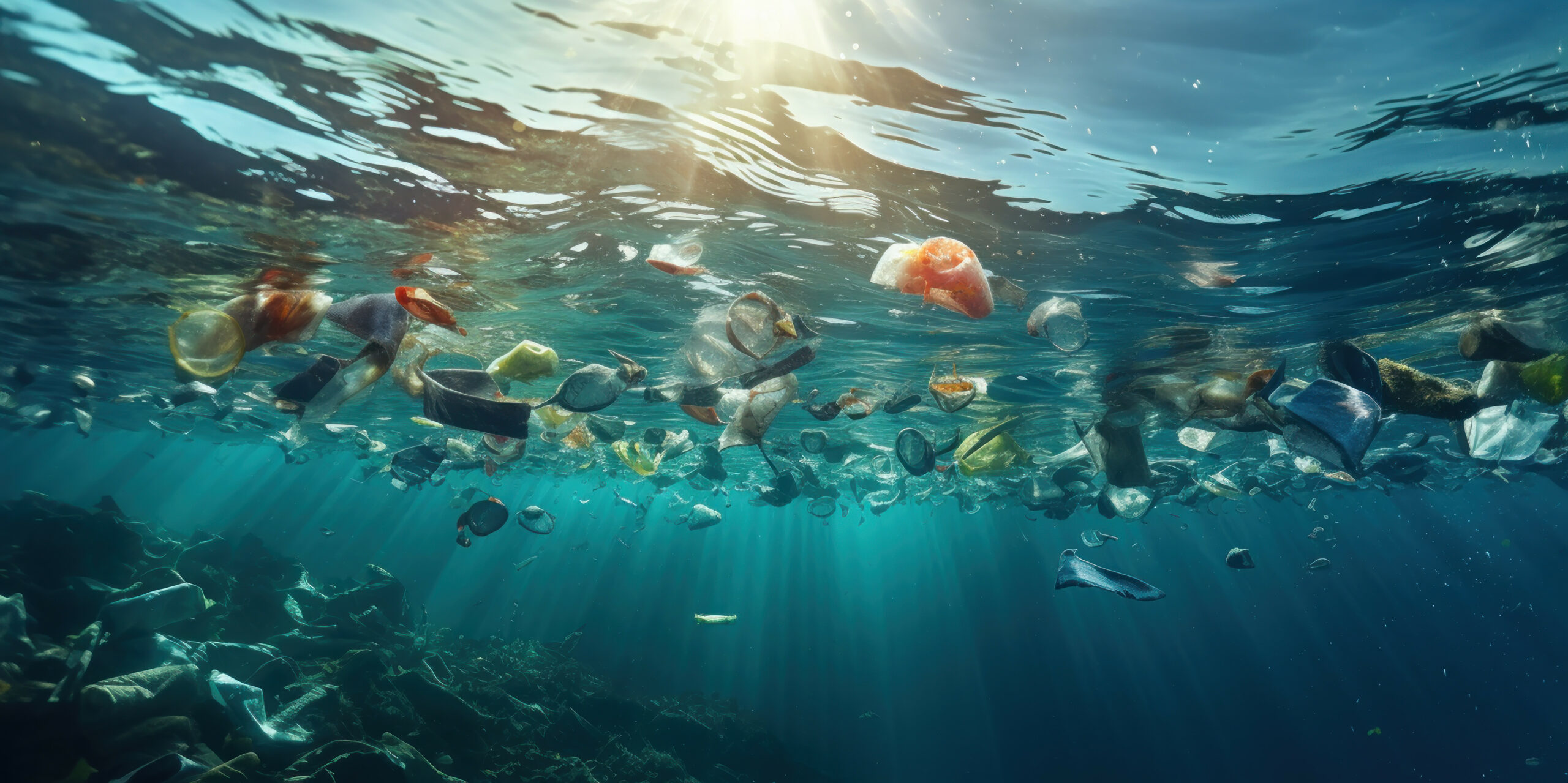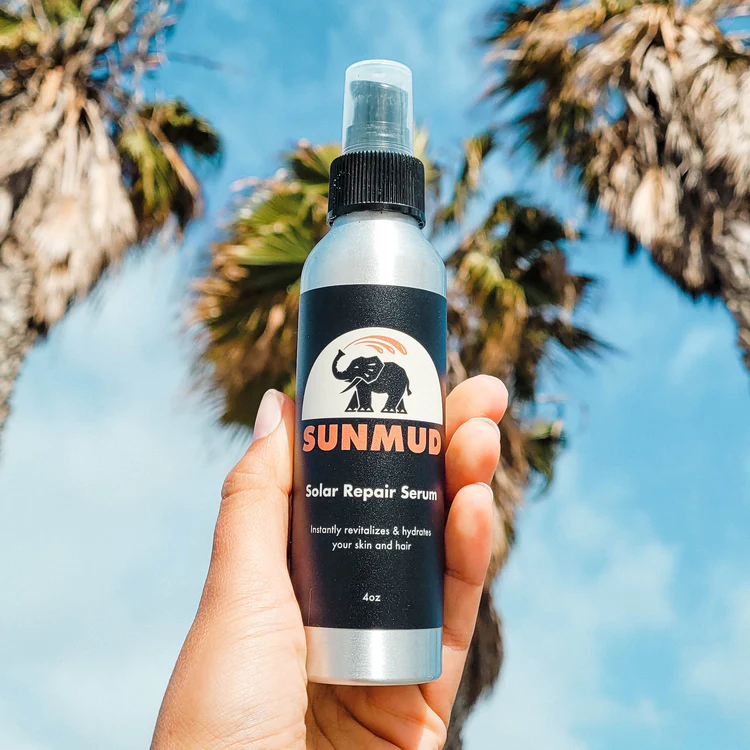
Birds are perhaps the most visible of all wildlife. If you stop to look out a window for a few minutes, chances are you will see a bird fly by, perhaps stopping on a nearby tree, roof, or power line. If you live in San Diego County, the chances of this are even greater, since we are located along the Pacific Flyway.
Each year since 1900, the Audubon Society has conducted a nationwide bird count during the holiday season. In the most recent count, San Diego ranked 2nd highest in species recorded in the United States, with 217 different species of birds identified by 150 volunteer participants.
San Diego County’s habitats include beaches, rocky shorelines, wetlands, canyons, watersheds, mountains, forests, and deserts. The diversity in the county’s habitats contributes significantly to the diversity in its birds. With the current stay at home orders in place, and with a little patience and resourcefulness, birding opportunities abound, even from within the home!
Find a window, patio or yard.
Backyard birding is best done from a stationary position. Birding opportunities will vary based on the immediate surroundings of your home or apartment. Take a seat, and wait for the birds to arrive. If possible, use a pair of binoculars to observe behavior and identify the species you see. The best time of day for birding is usually in the morning or evening, when the wind is down and the light is changing. This may vary for your location, but it is a good starting point.

Utilize a guidebook or website to help with species identification.
Often times, you’ll encounter a bird that looks slightly or completely different than anything you’ve seen before. Utilize a guidebook to help you identify what type of bird you’re looking at. Guidebooks are generally organized by category (gulls and terns, shorebirds, sparrows, raptors, etc.). If you are completely stumped, pick out a few distinct visual features of the bird and utilize the Cornell Lab of Ornithology’s online bird guide to search a bird by its shape. Another option is to use the Merlin Bird ID app. This is a free app that will walk you through the process of bird identification.
Keep a record of the birds you see.
Record the species and number of birds that you see. It’s also helpful to record behavior and sounds made by the bird as this can help with future identifications. Bird lists from your observations can be posted to ebird.org, which is a citizen science platform that allows your sightings to become part of a shared global effort to map bird ranges.

Bird online!
Allaboutbirds.org offers live cams of bird feeders located in different parts of the world. Watching the feeder cams is a great way to identify birds that you would not otherwise get a chance to see. Be sure to check out the Panama fruit feeder cam.
Birding teaches patience, persistence, and attention to detail, all of which are valuable skills to sharpen, especially during the COVID-19 crisis. Most importantly, birding is an incredible tool to bring us joy and connect us with nature. We hope you’ll find this guide helpful and informative as you embark upon your backyard birding adventures!



